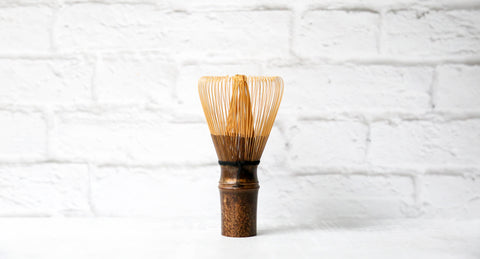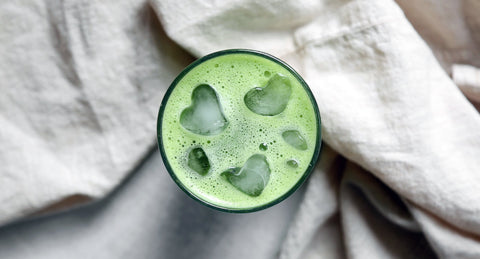Matcha green tea has a rich history that dates back centuries. This unique form of tea has been enjoyed for its distinct flavor and numerous health benefits. In this blog post, we will explore the origins and evolution of matcha green tea, as well as its cultural significance.
What is Matcha Green Tea?
Matcha green tea is a powdered form of green tea that originated in China during the Tang Dynasty (618-907 AD). It was later introduced to Japan by Buddhist monks in the 12th century. Unlike traditional green tea, which is steeped in hot water and then discarded, matcha is made by grinding the entire tea leaf into a fine powder. This allows for the consumption of the whole leaf, resulting in a more concentrated flavor and higher nutrient content.
The Origins of Matcha
The history of matcha green tea can be traced back to China, where it was first cultivated. The Chinese were the first to discover the unique method of grinding tea leaves into a powder. This powdered tea, known as "luo cha" in Chinese, was highly valued for its medicinal properties and was consumed by emperors and nobles.
During the Tang Dynasty, the process of grinding tea leaves into a powder became more refined. The tea leaves were steamed, dried, and then ground into a fine powder using stone mills. This powdered tea was then whisked into hot water to create a frothy beverage.
Introduction to Japan
In the 12th century, a Japanese Buddhist monk named Eisai traveled to China and learned about the benefits of matcha green tea. He brought back the tea seeds and the knowledge of how to cultivate and process matcha to Japan. Eisai introduced matcha to Japanese monks and samurais, who embraced the tea for its calming and energizing effects.
Matcha soon became an integral part of Japanese tea ceremonies, which are deeply rooted in Zen Buddhism. The preparation and consumption of matcha became a ritualistic practice, symbolizing harmony, respect, and tranquility.
Evolution of Matcha
Over the centuries, matcha green tea continued to evolve in Japan. The cultivation and processing techniques were refined, resulting in higher quality matcha with a smoother taste and vibrant green color.
In the 16th century, a new style of tea ceremony called "sado" or "chanoyu" emerged. This style emphasized simplicity and the appreciation of the beauty of imperfection. Matcha became an essential element of sado, with tea masters carefully selecting and preparing the tea to create a harmonious and serene experience for guests.
Modern Popularity
In recent years, matcha green tea has gained popularity worldwide. Its unique flavor and health benefits have made it a favorite among health enthusiasts and tea lovers alike. Matcha is known for its high concentration of antioxidants, vitamins, and minerals, making it a powerful superfood.
Today, matcha is not only consumed as a traditional tea but also used in various culinary creations. It is used to flavor desserts, smoothies, and even savory dishes. Matcha has become a versatile ingredient that adds a vibrant green color and a distinct flavor to a wide range of recipes. Whether enjoyed in a traditional tea ceremony or incorporated into modern recipes, matcha continues to captivate people with its unique flavor and health benefits.



